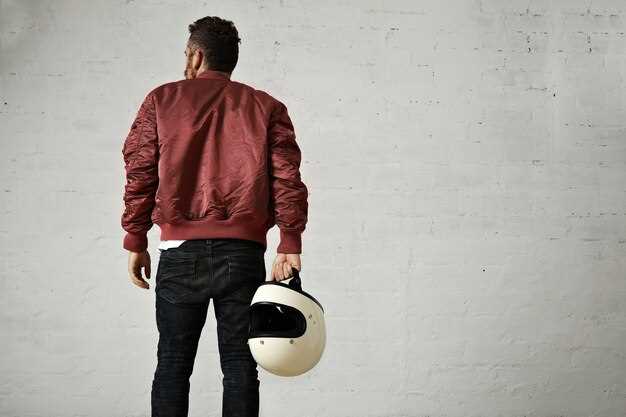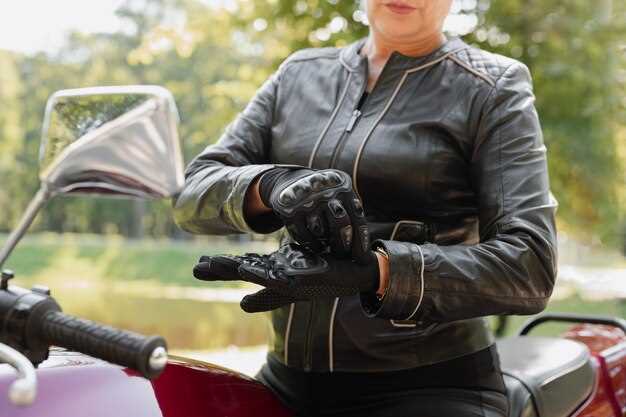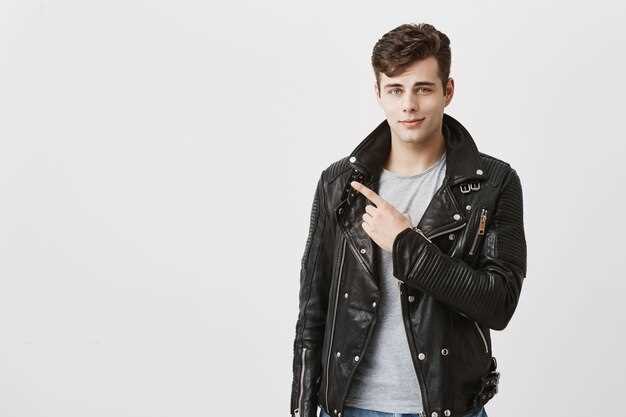
When it comes to riding, whether on a motorcycle or a bicycle, your safety and comfort are paramount. One of the most critical pieces of gear in your riding kit is the jacket. Choosing the right riding jacket can significantly enhance your experience, providing both protection against the elements and ensuring that you look the part. With a myriad of options available in the market today, finding a jacket that meets your specific needs can seem overwhelming.
First and foremost, it’s essential to consider the type of riding you will be doing. Different conditions and terrains call for different features. For instance, a racing jacket will differ vastly from one designed for touring or casual rides. Identifying your primary riding style will help narrow down your options, allowing you to focus on the key elements that matter most for your situation.
Another crucial factor is the material of the jacket. Various fabrics offer different levels of durability, weather resistance, and breathability. Leather jackets are renowned for their robustness and style, while textile jackets provide versatility and comfort in various weather conditions. Additionally, features such as ventilation systems, removable liners, and waterproofing can enhance your overall riding experience.
Lastly, fit and comfort should never be compromised. A well-fitting jacket not only ensures you look good but also allows for greater mobility while riding. Be sure to try on jackets, consider layering options, and check for adjustability features before making your final decision. By keeping these considerations at the forefront, you can confidently select a riding jacket that aligns with your needs and lifestyle.
Understanding the Different Types of Riding Jackets Available

When it comes to selecting the right riding jacket, understanding the various types available is crucial for making an informed decision. Each type of riding jacket serves specific purposes, resulting in unique features tailored to different riding conditions and styles.
1. Sport Riding Jackets: These jackets are designed with performance in mind. Made from durable materials such as leather or textile, sport riding jackets often feature reinforced areas for impact protection and aerodynamic designs. They provide a snug fit, allowing for enhanced maneuverability on the bike. Many come equipped with ventilation systems to maximize airflow during heated rides, making them suitable for sportbike enthusiasts.
2. Touring Jackets: Tailored for long-distance rides, touring jackets prioritize comfort and practicality. Often made from waterproof and breathable materials, these jackets include multiple pockets for storage and may feature removable thermal liners for varying weather conditions. Adjustable cuffs and hemlines ensure a customized fit, while reflective elements enhance visibility on the road.
3. Adventure/Off-Road Jackets: Adventure jackets are engineered for versatility, catering to riders who switch between on-road and off-road riding. These jackets are typically made from robust materials with reinforced protection in critical areas. They feature ventilation systems, removable liners, and multiple adjustment points to accommodate layering, ensuring comfort in diverse terrains and climate conditions.
4. Cruiser Jackets: Designed for relaxed riding styles, cruiser jackets often have a more casual appearance, featuring classic styles that appeal to cruiser enthusiasts. Made from leather or heavy-duty textiles, they prioritize comfort and may include features like relaxed fits, ample pockets, and minimal armor for a laid-back riding experience.
5. Waterproof Jackets: Ideal for riders who often face varying weather conditions, waterproof jackets are made with specialized materials to keep the rider dry without sacrificing breathability. They often include sealed seams and waterproof zippers, ensuring that no water enters during heavy rain. These jackets are versatile and can be used in conjunction with other types for added protection.
By understanding these different types of riding jackets, you can better match your riding style, comfort needs, and protection requirements, ultimately enhancing your overall riding experience.
Key Features to Consider When Selecting a Riding Jacket

When choosing a riding jacket, several essential features must be evaluated to ensure optimal protection, comfort, and functionality. First, consider the material. Jackets made from high-quality leather, textile, or a combination of both provide durability and resistance to abrasion. Each material has its benefits; leather typically offers excellent protection against weather elements and is longer-lasting, while textile options are often lighter and equipped with advanced waterproofing technology.
Protection is another critical feature. Look for jackets that include armor at key impact points such as shoulders, elbows, and back. CE-rated armor is recommended as it meets specific safety standards. Additionally, assess the jacket’s seam construction; double or triple-stitched seams can provide increased strength and prevent tearing during a fall.
Fit and comfort should not be overlooked. A good riding jacket should fit snugly without restricting movement. Consider adjustable features like cuffs, waists, and collar to customize the fit based on your body type and riding position. Ventilation is also important; jackets with zippered vents can help regulate temperature during warm rides.
Weather resistance is vital for all-weather riders. Look for jackets that offer waterproof or water-resistant capabilities, as well as thermal liners for colder conditions. Removable liners provide versatility, allowing you to adapt to changing weather without needing multiple jackets.
Pockets and storage options enhance functionality. Ensure the jacket has enough secure storage for essentials such as a wallet, phone, and keys. Additionally, reflective materials or built-in visibility elements can increase safety by ensuring you are seen by other road users in low-light conditions.
Lastly, consider the style and brand reputation. While style may be a personal preference, choosing a well-established brand often assures quality and reliability. Look for customer reviews and feedback to gauge performance and durability to make a well-informed choice.
How to Ensure Proper Fit and Comfort for Your Riding Style
Choosing a riding jacket that fits properly is crucial for both comfort and safety. To ensure a good fit, first consider your body measurements. Measure your chest, waist, and sleeves while wearing the clothing you would typically have on beneath the jacket. Use these measurements to refer to the manufacturer’s sizing chart, as sizes can vary significantly among different brands.
Next, try on the jacket ideally while on a motorcycle or in a riding position. When seated, ensure that the jacket allows enough freedom of movement without being excessively loose or tight. The sleeves should cover your wrists even when your arms are bent, and the length should provide coverage without riding up.
Take note of the jacket’s adjustability features. Many jackets include adjustable cuffs, waist cinches, and even removable liners that can enhance comfort and fit for various riding styles and weather conditions. Experiment with these adjustments to achieve a customized fit.
If you prefer aggressive riding positions, consider a jacket designed with pre-curved sleeves and an ergonomic shape. These designs can help eliminate restrictions during riding, providing both comfort and improved maneuverability. For touring riders, look for jackets with ample storage and weatherproofing, ensuring comfort on longer rides.
Materials also play a significant role in the overall comfort of the jacket. Breathable, moisture-wicking fabrics help maintain comfort during warm weather, while insulated linings are essential for colder conditions. Ensure the jacket offers compatible ventilation options that can be adjusted on the go, allowing you to manage temperature effectively.
Lastly, don’t underestimate the importance of layering. Consider how your riding jacket accommodates additional layers, such as thermal liners or base layers. A well-fitted jacket should allow you to add these without compromising your comfort or mobility, providing the versatility needed for varying weather and riding conditions.